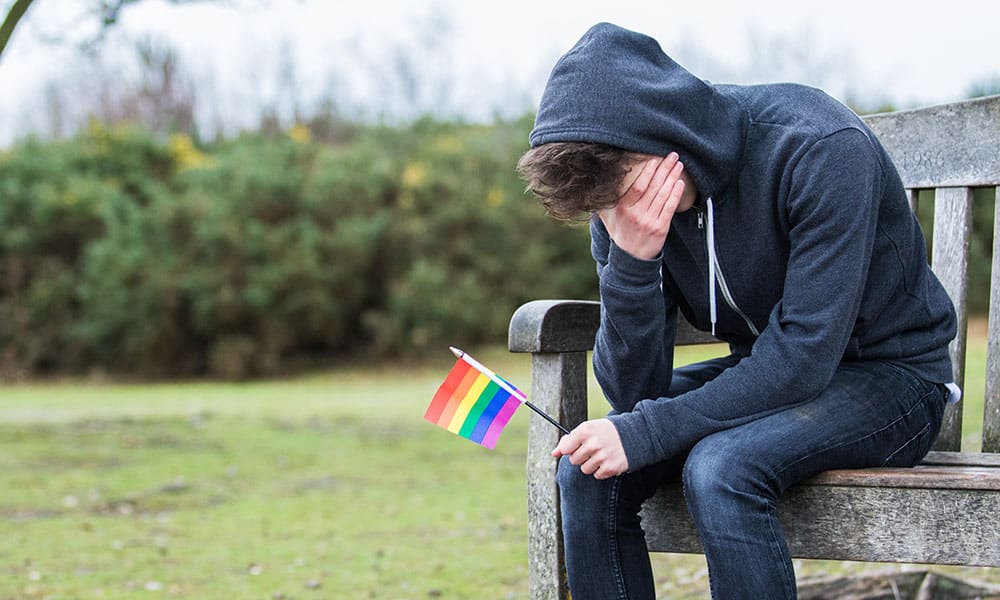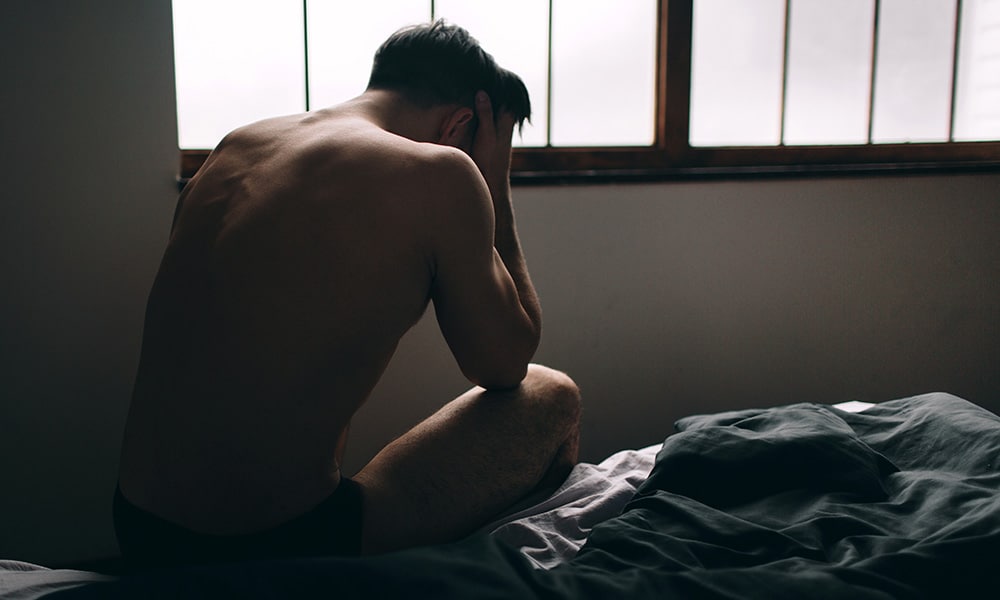According to the results of a new study, gay, bisexual, lesbian and teens have a “tragically high” risk of attempting suicide.
In a report published by the Journal of the American Medical Association (JAMA), researchers learned that lesbian, gay, bisexual and questioning teenagers living in the United States are more likely to attempt suicide than their straight counterparts.
Nearly 16,000 young people participated in the survey. Approximately 89 percent of the participants identified as straight, 2 percent identified as gay or lesbian, 6 percent identified as bisexual, and 3.2 percent said they were questioning their sexual identity.
Related | This AI Can Guess Your Sexuality From a Selfie
Utilizing data from the 2015 National Youth Risk Behaviour Survey, the study’s authors found that 40 percent of queer youth had sincerely contemplated suicide, 35 percent had planned self-harm, and 25 percent had attempted suicide.
According to the study, teens who identified as bisexual were at most risk; 46 percent stating they had contemplated suicide in the last twelve months.

In contrast to hetero teens, 15 percent had seriously contemplated suicide, 12 percent had planned self-harm, and 6 percent had attempted suicide.
“LGBQ teens face staggeringly high suicide risks,” senior study author John Ayers, a researcher at San Diego State University, told Reuters.
Related | Why Do so Many Gay and Bisexual Men Die From Suicide?
“We must recognize LGBQ teen suicide is a national public health crisis and bring extraordinary resources to bear to address the crisis.”
“Just fearing how their family or friends may react to their sexual orientation can isolate youth and profoundly harm their mental health,” sociologist Anna Mueller, from the University of Chicago, told Science News.
“Only when we provide them with a climate that does that will we begin to see suicidality drop off in this vulnerable population.”







